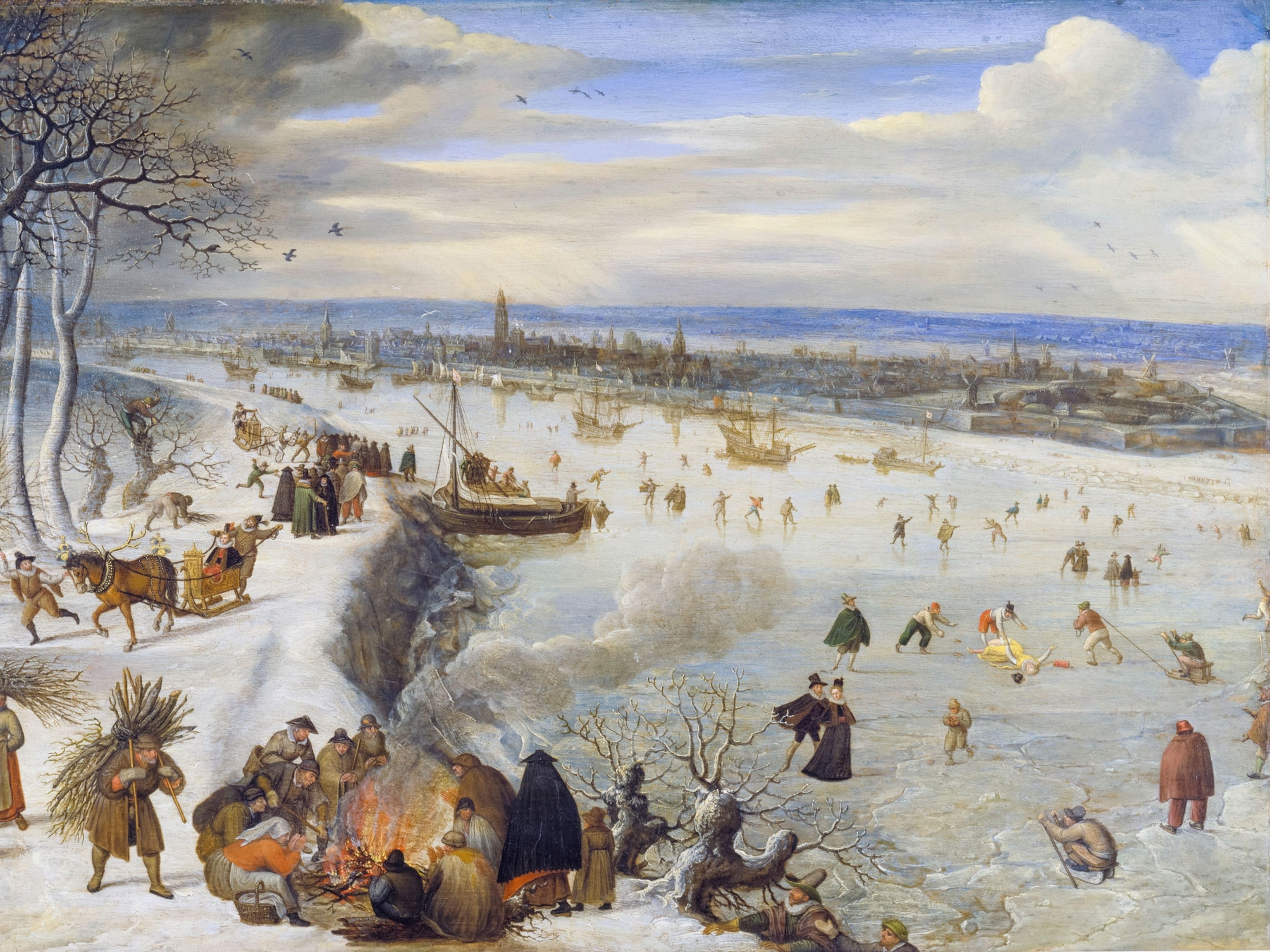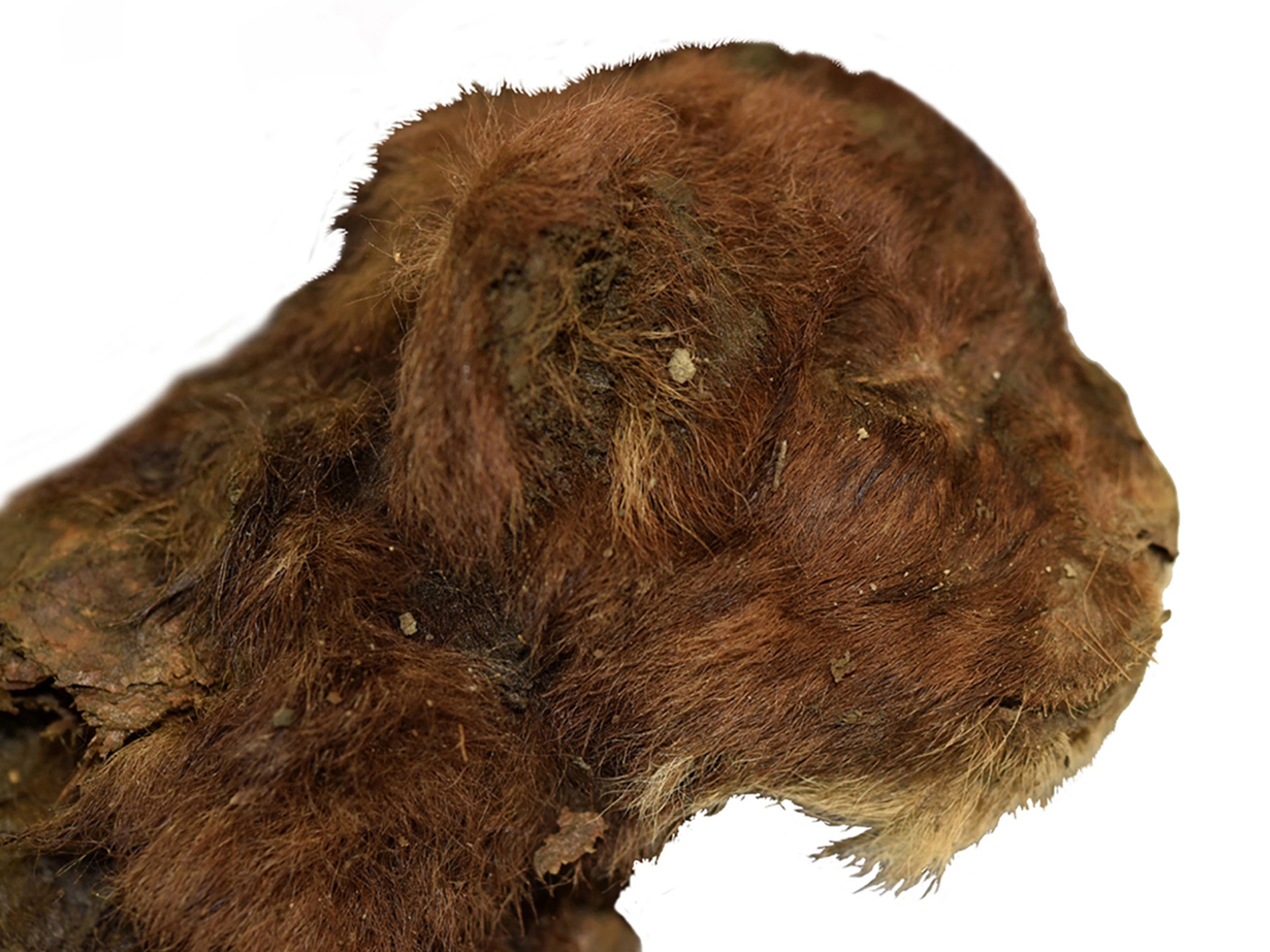Woolly Mammoth Unearthed in Michigan—What Killed These Giants?
Ice Age bones raise question of whether people or a changing climate killed off the beasts.
The discovery of a nearly complete mammoth skeleton last week in Michigan raises the question of not only this animal's fate, but also what happened to the rest of the woolly mammoths. Did humans drive the Ice Age’s great beasts to extinction?
In news reports, University of Michigan paleontologist Dan Fisher proposed that prehistoric people killed and butchered the newly found mammoth, refrigerating what they didn’t immediately eat by sinking the rest of the carcass in a frigid lake. Other scientists say we can't be certain what killed the creature until the bones are examined for cut marks and other clues.
As for the rest of the woolly mammoths, whether humans are to blame for their disappearance, as well that of 36 other North American mammal species that went extinct at the end of the Ice Age, remains hotly disputed. The other leading contender: a changing climate.
Rare Find
Farmers digging a soy field near Chelsea, Michigan, were surprised to uncover the bones of a woolly mammoth that trod the region about 12,000 years ago.
Fisher excavated the bones, including a skull complete with tusks. While woolly mammoths have been found from Europe through Asia and North America, only about ten woolly mammoth skeletons have been dug up in Michigan, compared with around 300 of their more primitive cousin, the American mastodon.
Mammoths were probably rare in Michigan, Illinois State Museum paleontologist Chris Widga says, because of the waxing and waning of the glaciers there. “Michigan was under ice when mammoths were the only elephants on the landscape,” Widga says, the elephants grazing the cold grasslands south of the great ice sheets. “By the time the ice melted, mastodons were out-competing mammoths.”
The occurrence of even one more mammoth is reason to celebrate. “Even though this is just one site on the landscape, we’ve gotten better about eking out as much information as we can about individual animals,” Widga says, citing Fisher’s work on figuring out the life histories of particular mammoths through details preserves in their tusks.
What Killed the Mammoth?
Other experts are urging caution before chalking the new mammoth up as an Ice Age kill site. “It is fairly common to find mastodons and less commonly, mammoths, in lake or bog sediments dating to this time period,” Widga says.
In the absence of other lines of evidence such as cut marks on bones, there are other explanations for scattered elephant skeletons in the remnants of ancient lakes and bogs throughout the Midwest, such as the way bodies “blot and float” before gradually falling apart. “We can’t truly evaluate it until it is adequately investigated and published,” he adds.

Definitive evidence that humans hunted or scavenged mammoths is fairly rare, says University of Washington zooarchaeologist Donald Grayson. In a paper released earlier this year with Southern Methodist University colleague David Meltzer, Grayson notes that of 76 proposed Ice Age mammal kill sites, only 12 in the whole of North America suggest human hunting. That, the authors write, suggests that humans were not the primary drivers of North America’s Ice Age extinctions.
Climate may have been key to the recent catastrophe. At the same time humans were moving onto the continent, the global climate was rapidly changing, moving from cold and dry to warm and wet.
This changing climate rapidly winnowed away the cool, arid grasslands that woolly mammoths preferred. Combined with other ecological changes, such as the arrival of bison from Eurasia and forests springing up where “mammoth steppe” once spread, mammoths were squeezed out of their former range. The very last of the woolly mammoths, isolated on Wrangel Island off northern Siberia, perished about 4,000 years ago.
Extinction is rarely the outcome of a single cause, however, and the reason the last member of a species went extinct may not be the same reason that it became vulnerable in the first place.
Perhaps, as the Chelsea mammoth slowly yields its secrets, it will add a little more to the continuing discussion over life and death at the edge of the Ice Age.
Read Brian Switek's blog Laelaps at National Geographic. Follow him on Twitter, Facebook, and Instagram.





